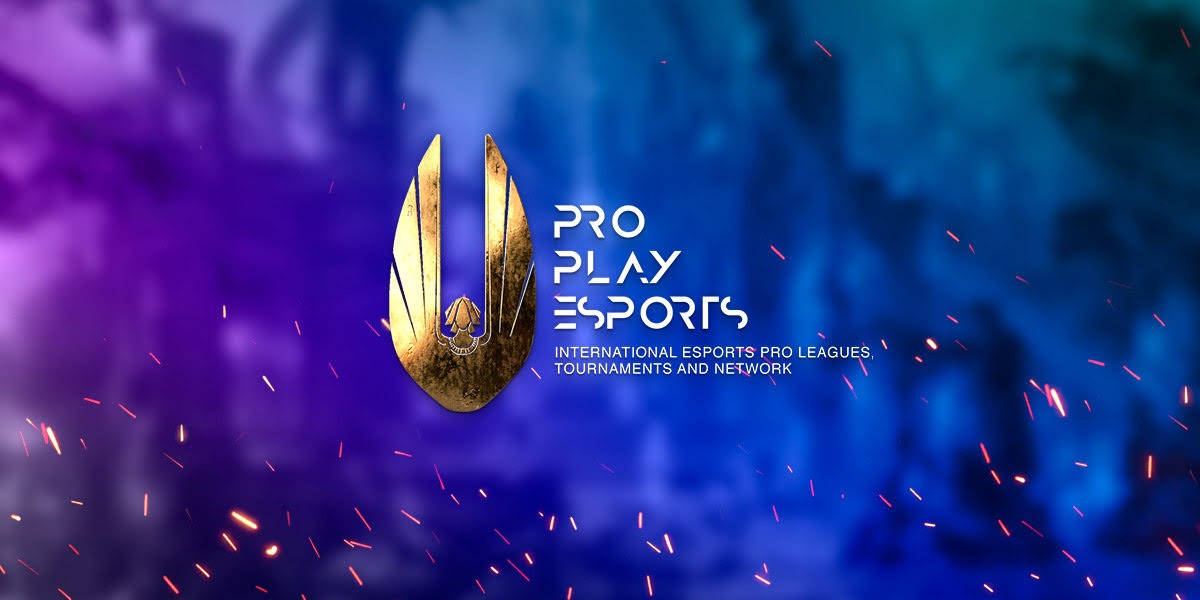Esports is going to be a global phenomenon, but most of the attention has focused on North America and Asia. Turns out the rest of the world is in love with multiplayer gaming competitions as well.
To get a feel for the regional markets, I spoke with Juan Carlos Cortizo, the CEO of Pro Play Esports (it’s based in Mexico City). He believes that mobile gaming will be the primary platform for esports in Latin America, and that 5G will be a game-changer when it arrives.

Unlock premium content and VIP community perks with GB M A X!
Join now to enjoy our free and premium membership perks.
![]()

![]()